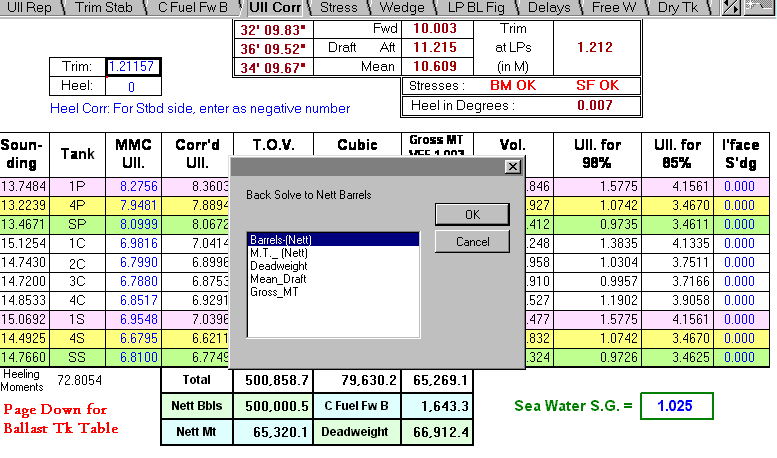General An oil volume can only be measured at its prevailing temperature and it, therefore, follows that the standard volume must usually be calculated. Unfortunately, different countries have different standard (reference) temperatures.Generally, the reference temperatures are:In Eastern Bloc, Brazil 20oC; In Western Europe 15oC; In the USA 60oF. The situation is further confused in that there are primarily two volumetric units, which are:In metric countries the cubic meter (m ) In non-metric countries the barrel (Bbl).Combining a statement of volume … [Read more...]
